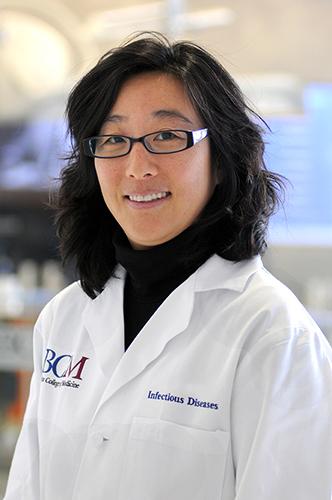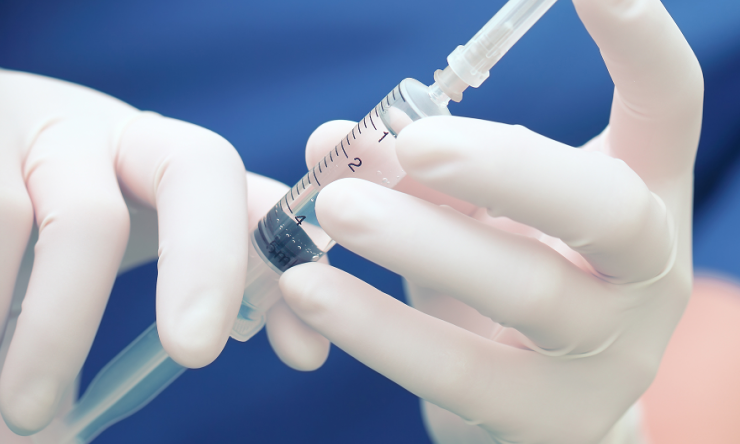Study: HPV cancer survivors at risk for second HPV cancer

A retrospective study led by researchers at Baylor College of Medicine and The University of Texas Health Science Center at Houston (UTHealth) School of Public Health found that survivors of HPV-associated cancers have a high incidence of developing second HPV-related cancers. Their findings, which were reported today in JAMA Network Open, suggest the need for increased screening for HPV-associated precancerous and early cancerous lesions among people who are survivors of the disease.
Human papillomavirus, or HPV, is a sexually transmitted infection that can lead to gynecological (cervical, vaginal and vulvar), anogenital (anal and penile) and oropharyngeal (throat and mouth) cancers. Cervical cancer is the most common HPV-associated cancer in women, and oropharyngeal cancers are the most common in men.
“HPV is a virally mediated cancer, so it makes sense if somebody is infected in one site with the virus that they would be infected in other sites as well. It is important for people who have had one HPV-related cancer to know that they are at increased risk for HPV-related cancers in another site, and they are encouraged to have screening for these other cancers, if screening is available. Currently, screening is available for cervical and anal precancers,” said Dr. Elizabeth Chiao, professor of medicine in the section of infectious diseases at Baylor and with the Houston VA Center for Innovations in Quality, Effectiveness and Safety.
Chiao also is a member of the NCI-designated Dan L Duncan Comprehensive Cancer Center at Baylor College of Medicine.
For the study, researchers used data from the Surveillance, Epidemiology, and End Results (SEER) Program database, which collects cancer incidence data from registries across the United States. They identified survivors of HPV-associated cancers diagnosed from January 1973 to December 2014 and looked at patients who developed a second primary HPV-associated cancer at the same site or a different site at least two months after the diagnosis.
They found that individuals who had primary HPV-related cancer had an increased risk of HPV-related cancer in other sites later in life.
According to the study, the risk for most types of second primary HPV-associated cancers is high after 1) initial vaginal and vulvar cancers in women, 2) after initial penile cancer in men and 3) after anal cancer in both women and men. The researchers found no association with secondary non-HPV associated cancers.
“Future research needs to be prioritized to determine effective as well as cost-effective ways to screen for HPV-associated second cancers in this high-risk group,” said Dr. Ashish Deshmukh, assistant professor in the department of management, policy and community health at UTHealth School of Public Health in Houston.
The researchers recommend investigating the efficacy of screening and prevention measures for survivors of HPV-associated cancers. They also recommend being vaccinated against HPV. The vaccination series can begin at 9 years of age in males and females and can go through age 26 for females and age 21 in males.
Others who took part in the study include Ryan Suk and Dr. Kalyani Sonawane with UTHealth School of Public Health; Dr. Parag Mahale with the National Cancer Institute; Dr. Andrew G. Sikora with Baylor College of Medicine; Dr. Jagpreet Chhatwal with Harvard Medical School; Dr. Kathleen Schmeler and Dr. Scott B. Cantor with The University of Texas MD Anderson Cancer Center and Dr. Keith Sigel with the Icahn School of Medicine at Mount Sinai.
This work was supported by grants K07180782 and R01 CA163103 from the National Cancer Institute, part of the National Institutes of Health.










